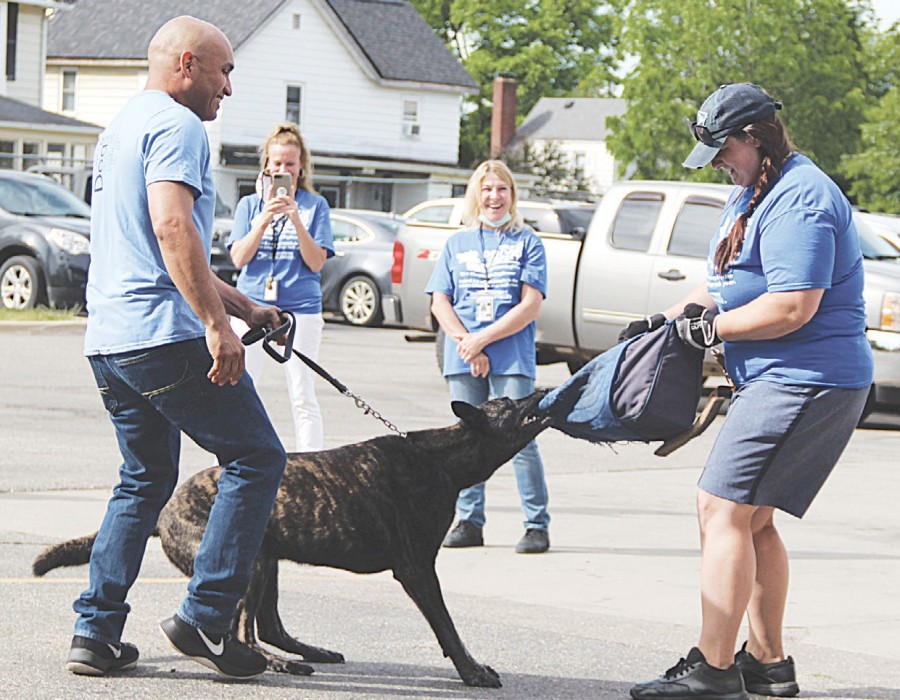Dog Bite Prevention Week is an important reminder of the potential risks associated with interacting with dogs and the measures we can take to minimize those risks. Whether you're a dog owner, a parent, or simply someone who encounters dogs regularly, understanding how to prevent dog bites is crucial for ensuring the safety of yourself and those around you.
Educating Yourself and Others
- Recognizing Signs of Aggression: Learning to recognize signs of aggression in dogs can help you assess whether a dog may pose a potential risk. Growling, baring teeth, stiff body posture, and raised hackles are all signs that a dog may be feeling threatened or aggressive.
- Understanding Dog Body Language: Dogs use body language to communicate their feelings and intentions. By understanding common cues such as wagging tails, relaxed posture, and attentive ears, you can better assess a dog's mood and level of comfort.
Safety Tips for Interacting with Dogs
- Ask Permission: Always ask for permission before approaching or petting a dog, especially if it's unfamiliar to you. Some dogs may feel uncomfortable or anxious around strangers, so it's important to respect their boundaries.
- Approach Calmly: When approaching a dog, do so calmly and slowly. Avoid making sudden movements or loud noises that could startle the dog. Allow the dog to approach you at its own pace, and extend your hand for it to sniff before attempting to pet it.
- Avoid Disturbing Dogs: Never disturb a dog while it's eating, sleeping, or caring for puppies. These are times when dogs may be more protective of their resources and more likely to react defensively if approached.
Safety Tips for Dog Owners
- Socialization and Training: Proper socialization and training are essential for preventing aggressive behavior in dogs. Expose your dog to a variety of people, animals, and environments from a young age, and provide consistent, positive reinforcement training to reinforce desired behaviors.
- Supervise Interactions: Supervise interactions between your dog and children or unfamiliar individuals, especially if your dog is known to be anxious or reactive. Teach children how to interact safely with dogs and how to recognize signs of discomfort in dogs.
Responding to Aggressive Dogs
- Remain Calm: If you encounter an aggressive dog, remain calm and avoid escalating the situation by yelling or making sudden movements. Stand still and avoid making direct eye contact with the dog, as this may be perceived as a challenge.
- Back Away Slowly: Slowly back away from the dog while avoiding turning your back on it. Retreat to a safe distance and seek help if necessary. Do not run, as this may trigger a chase response in the dog.
Seeking Medical Attention
If you or someone else is bitten by a dog, it's important to seek medical attention promptly, even if the injury appears minor. Dog bites can transmit bacteria and cause infections, so cleaning the wound thoroughly and seeking medical evaluation is essential for preventing complications.
Conclusion
Dog Bite Prevention Week serves as a reminder of the importance of responsible pet ownership and safe interactions with dogs. By educating ourselves and others about dog behavior, practicing safety precautions, and seeking appropriate medical attention when needed, we can help prevent dog bites and promote a safer environment for everyone.





Comments